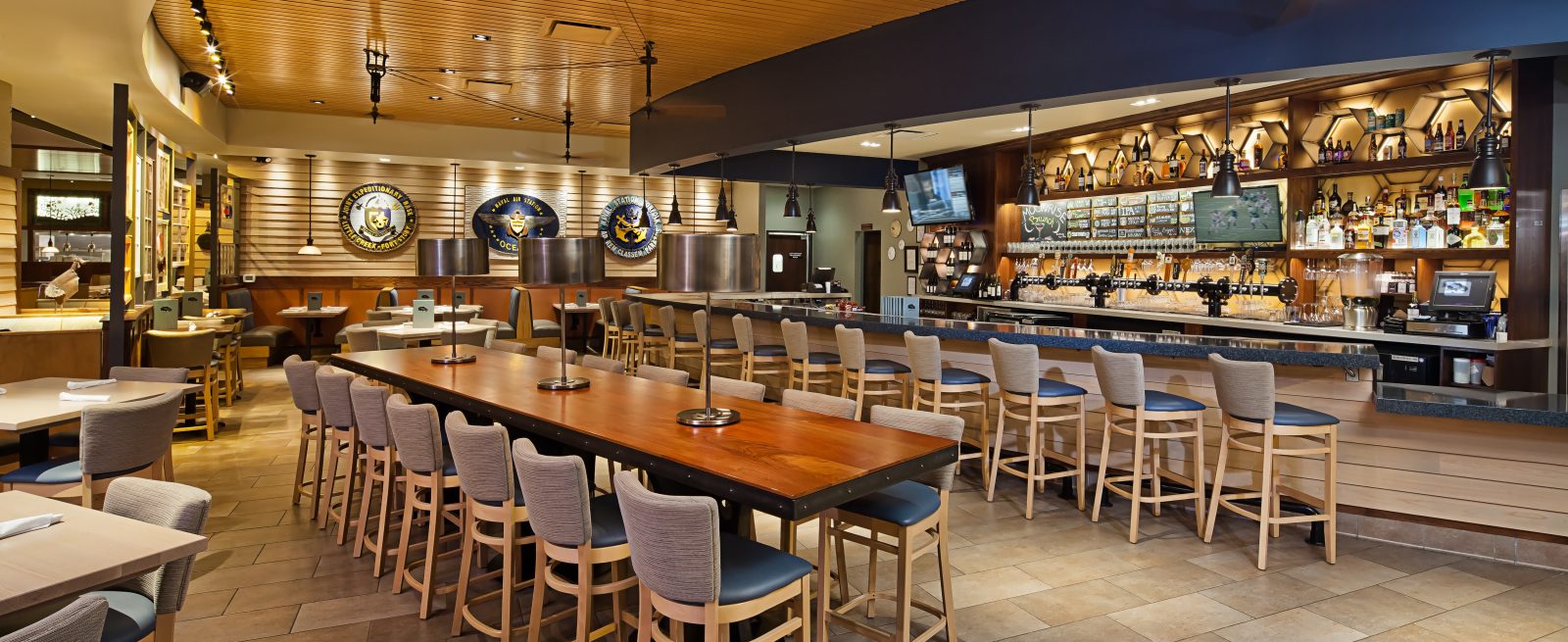How to Grow in the New Economy
4 Min Read By Steve Starr
One measurement of a restaurant’s success is the return on investment (ROI), which is simply the measure (per period) of the rate of return on the money invested. In the restaurant world, we’re looking at comparing the total capital expenditure to get the restaurant up and running against the profits that the restaurant generates and the length of time it takes for those profits to cover the initial capital investment. As long as I’ve been involved in the restaurant industry, that ROI has been targeted at three years. Additionally, the return on capital was always targeted at annual sales equaling three times the capital investment.
However, we’re now seeing conditions that are challenging those norms of the past. On a macro scale, construction costs are rapidly increasing at a rate never before seen in my lifetime, while industry profits are rising at a slower rate. It seems that what has worked in the past may not work in the future.
So how can a restaurant owner prepare their business for success? Through focusing on two key factors. First, an emphasis on building relationships in order to leverage effective growth. Second, on creating the extraordinary. Good enough is no longer good enough to compete, and restaurants need to find ways to distinguish themselves in order to reach their goals. By forming relationships on the development side, operators can significantly lower their construction costs. Additionally, by creating a brand that focuses on building relationships with people, operators can also develop a substantial customer base.
Understanding the Oppositions
On the left side of the scale we have capital expenditures, made up of development and initial operating capital. On the opposing side is net income, determined by the average unit volume (AUV) minus the expenses. The goal for most restaurateurs is to have the AUV equal to three times the development capital, while the overall capital expenditure should be three times the net income, resulting in a three-year ROI.
Today, it has become hard to find good sub-contractors to bid on projects, and development costs keep going up. With fewer qualified subcontractors available per project, the supply is simply lower than demand. Due to this imbalance, overall development expenses are rapidly increasing.
This means that restaurant owners need to think outside the box in order to achieve success.
On the other side of the equation, the average unit volume is increasing slowly in comparison. The current wage index isn’t going up as fast as the cost of the living index, leaving less discretionary income for consumer spending. This results in more competition for that portion of salaries. Individual concepts and certain industries may increase, but spending as a whole is not as high as it was in the past. Therefore, due to these macroeconomic trends taking place, it’s becoming harder to capture the same ratio of consumer spending. Although the restaurant industry is outperforming general spending, sales are still increasing at a slower rate than pre-recession.
Finally, expenses on the right side of the equation are also increasing. The large push to increase wages leads to higher labor costs for the restaurant. Additionally, trend-driven food sourcing is leading to a rise in food costs. For example, supplying ingredients that are organic, non-GMO and local can significantly drive up the price of food. And with expenses rising at a faster rate than the average unit volume, the overall net income on the right side of the equation is decreasing.
So where does this leave restaurateurs? The big picture is that it’s harder to get the net income to reach the target because capital expenditure is increasing while net income is decreasing. This means that restaurant owners need to think outside the box in order to achieve success.
Changing your Approach
In the past, importance was placed on controlling construction costs and brand building as these two practices kept both sides in balance. However, in today’s market restaurateurs need to focus on building balanced relationships overall to leverage growth.
Construction costs were previously managed by competitive bidding and commoditization. Today, it’s important to determine your priorities and develop a relationship with a general contractor based on cost, quality and speed. You then need to treat the GC as a trusted advisor or partner, rather than a commodity. If you leverage your relationship with them, and they in turn leverage their relationship with the subcontractors, you will find that you land on the best price.
On the other side, consumers have drifted away from being brand driven, and are becoming increasingly values driven. In addition to focusing on building a brand, you should concentrate on connecting it with people. For example, using social media to create a strong presence can allow customers to feel more connected with the store. Diners are drawn to restaurants that share their values – which means anything from food sourcing to their impact on the community. Brand loyalty has been replaced by values loyalty.
The old-fashioned philosophy of “build it and they will come” no longer seems to stand true. Instead you need to know your customers and what drives them, and then deliver it. In the past, good worked. However, good enough simply isn’t good enough anymore. People are looking for extraordinary. This is a different way of doing business than what’s been done for years – yet these changes are necessary to make the economic equation work.


